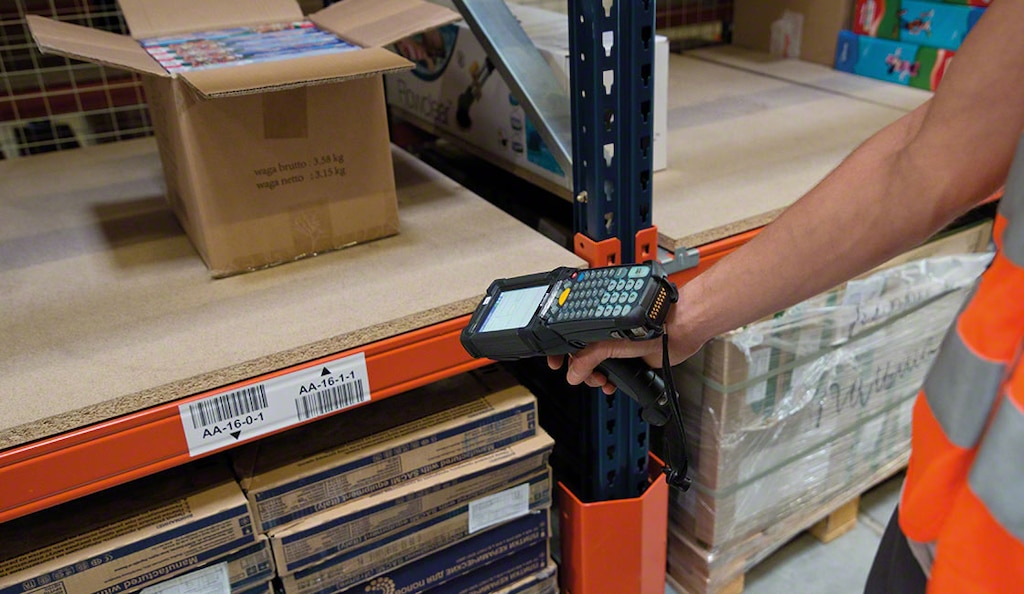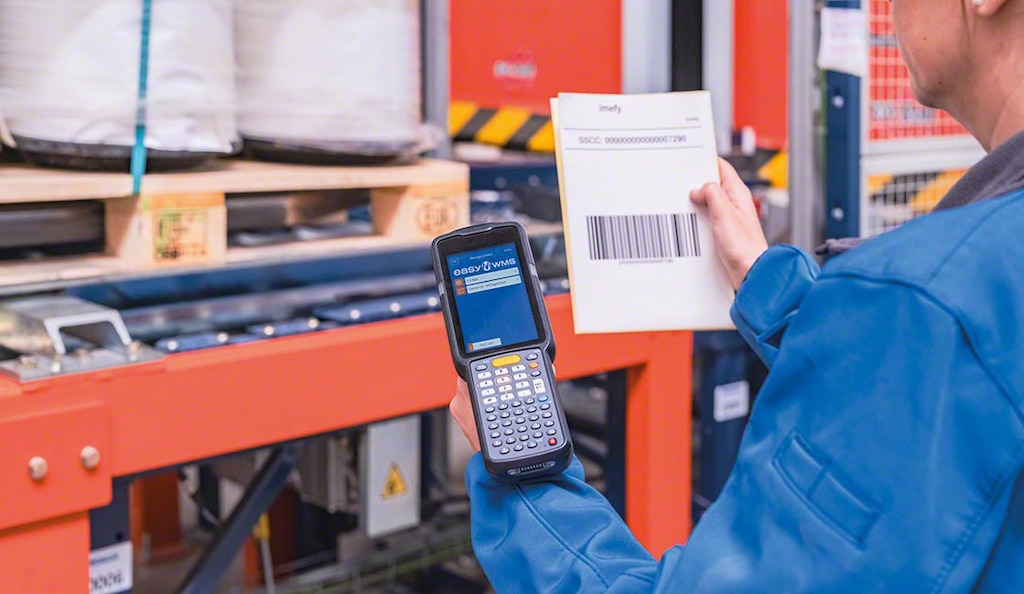
Warehouse inventory: How to manage and control it
Warehouse inventory is a key tool for efficiently managing the supply chain. It enables companies to track stock levels, identify fast-moving merchandise, and make informed decisions about when and how much to reorder. The main tasks typically performed in a logistics facility — receiving, storing, and shipping goods — revolve around warehouse inventory.
What is warehouse inventory?
Warehouse inventory is the process of controlling goods by recording and monitoring the stock and materials present in a specific facility at a given time. This set of raw materials or products can be used in a manufacturing phase or remain stored until delivered to a store, buyer, or end customer.
This detailed listing typically includes the quantity of each item in the warehouse and its location, but it can also provide other details such as the product acquisition cost, retail price, and description.
How to set up a warehouse inventory
There are different ways to carry out this essential task for tracking products in your facility. Firstly, consider the scope of your inventory. It may be partial, covering a specific area (a location, rack, or zone). Alternatively, you can conduct a full inventory, providing a complete overview of the current state of your facility and the available stock. However, without a warehouse management system (WMS) or inventory management software, the task can be tedious and may even take days.
Secondly, pay attention to the amount of information your staff has before starting the inventory. Depending on this knowledge, stocktaking can be classified into three models:
- Blind count. In this mode, the inventory is carried out without prior information about the goods, using only a list of locations. Without a WMS, this could mean reviewing large volumes of data, which could take several hours or even days.
- Non-blind count. In this scenario, the warehouse associate has all the necessary information, allowing them to verify that the list is correct or detect discrepancies.
- Semi-blind count. The location and SKU of each product are provided, but not the quantity, which requires the associate to count the items physically. This is usually the most common procedure.

Types of warehouse inventory
Inventory types can be classified in several ways, but one of the most common is based on frequency:
- Cycle counting. This involves counting SKUs sequentially without halting warehouse operations. It’s normally performed during off-peak hours to minimize disruption.
- Periodic inventory. When locations are counted manually, operations must come to a complete stop. As a result, this variety of inventory is usually conducted once a year.. Many companies take it in early January, though it can be carried out several times throughout the year.
- Perpetual inventory. A warehouse management system like Interlake Mecalux’s Easy WMS enables real-time monitoring and optimization of all processes and resources. The software tracks every stock movement as well as the RF scanners used by associates.
To learn more, check out our article “Types of inventory in logistics: Classifications and applications.”
Conducting a warehouse inventory
Knowing how to carry out warehouse inventory counting is essential for organizing, tracking, and controlling the movement and flow of goods within your facility. Optimizing the available space and how it’s used is key to effective warehouse management.
Below are some tips for conducting inventory manually or with the help of automation. Keep in mind that digitization generally leads to better order fulfillment:
- Define the frequency. It’s important to establish how often inventory will be taken, especially if you don’t have a WMS that updates this information in real time.
- Classify by type and zone. Dividing the warehouse into designated areas based on product type, origin, or final destination can make inventory monitoring much more efficient.
- Review the data. Another benefit of warehouse inventory counts is the opportunity to analyze the data collected during the process. Assessing this information makes it easier to make smart business decisions and identify which items perform best versus which are rarely used.

How to optimize inventory management
In addition to digitalizing logistics operations with a WMS inventory system, there are several best practices for improving stock control:
- Train your staff. Giving associates tools that help with counting improves accuracy and streamlines processes. Companies tend to favor intuitive, user-friendly warehouse inventory systems.
- Forecast demand. Estimating how many products customers (current or future) will require allows you to plan inventory levels and anticipate needs. Predictive analytics relies on inputs such as historical data.
- Go digital. Managing and optimizing warehouse processes and resources with specialized software like Easy WMS boosts warehouse productivity and efficiency.
Dr. Gab’s warehouse inventory process
Stocktaking brings multiple benefits, and there are many real-world examples of inventory to draw from. But the Swiss craft brewery Dr. Gab’s stands out as a model of efficient warehouse inventory control. With an annual output of over 475,000 gallons of beer, its facility stores both raw materials and finished products ready for delivery. Thanks to digitalization, the company maintains a reliable, real-time view of its inventory and can devote more time to innovating its product line. “We’ve seen major benefits since implementing Easy WMS,” says Reto Engler, Production and Supply Chain Director at Dr. Gab’s. “Before, inventory took us one or two days. Now, we complete it in just one or two hours.”
Improve your warehouse and inventory management with Interlake Mecalux
At Interlake Mecalux, we help drive efficiency in all types of facilities with advanced storage systems, automated installations, and software solutions. We work closely with our clients to customize warehouse management software that meets their specific needs and enables full inventory control. If you’re looking to strengthen your supply chain, don’t hesitate to contact us — we’ll help you optimize your logistics operations.
